Love the Look of Roses, But Not the Hassle of Growing Them? Plant One of These 5 Flowers That Look Like Roses Instead
Great looks and simple care! Plant these unique and gorgeous flowers that look like roses, but are so much easier to maintain.
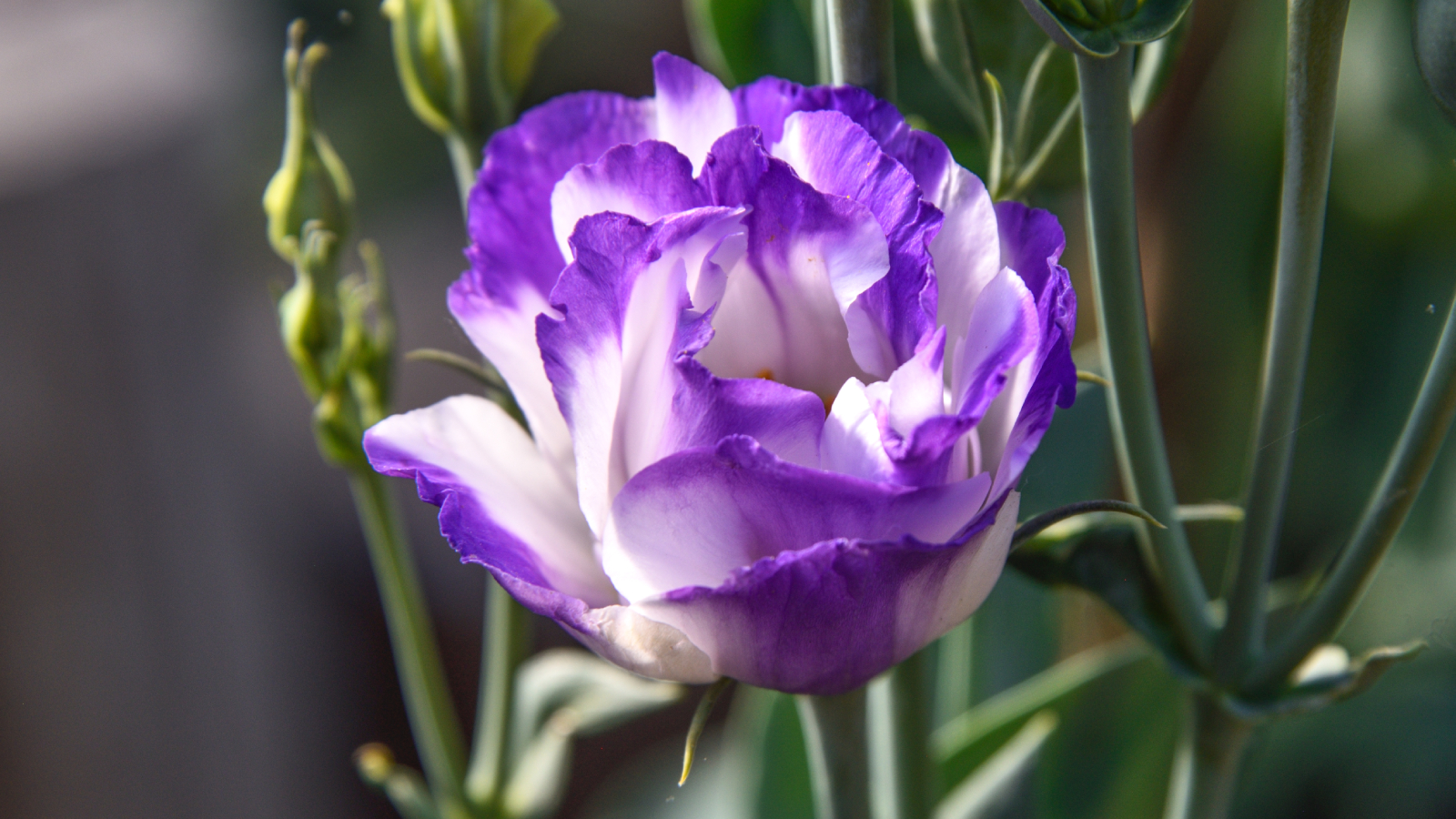

Why go for flowers that look like roses instead of the real thing? Don’t get me started! I am an experienced gardener and a happy one, but roses and I have never gotten along.
I love the gorgeous blossoms, especially the scented varieties, and I’ve planted, watered, pruned and fertilized these beauties - but it takes a lot of effort and I have my life to live! To me, the rose is the prima donna of the plant kingdom. Roses are truly romantic flowers, and if you are up to the effort, detailed articles about how to grow roses won’t phase you.
Here's a busy gardener’s secret: there are plants with flowers similar to roses that are easy to grow, drought-resistant, tolerant of a wide range of soil and sun conditions, and attract pollinators. And they don’t even have any thorns. Ready, set, run to the garden store!
Flowers Like Roses, but Nicer
For those seeking less demanding beauty, this article is for you. Do yourself a favor and opt for flowers that resemble varieties of roses but are easier to care for. Here are five of my own favorites.
1. Tulip 'Angelique'
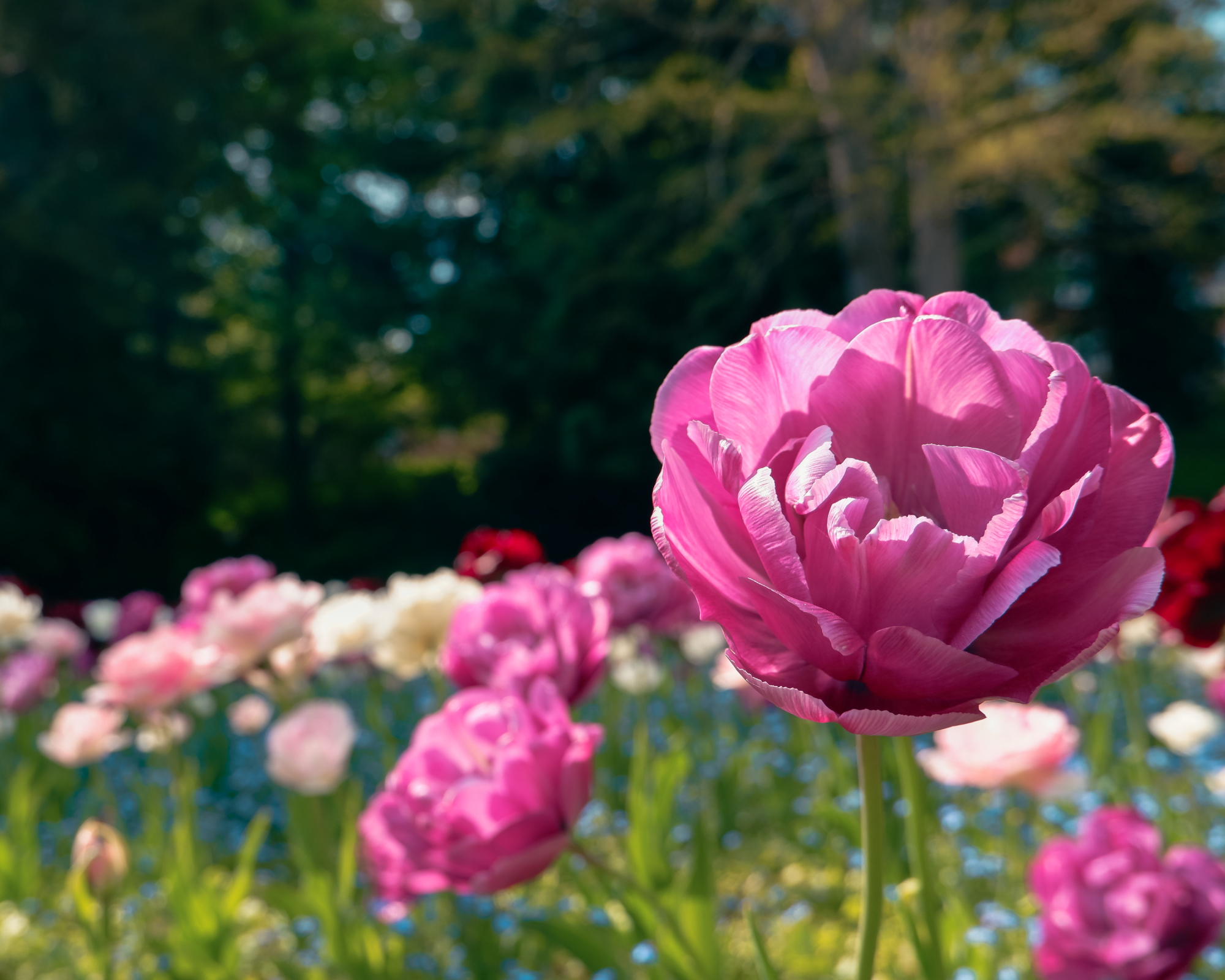
We all know and love tulips as easy-care bulb flowers that appear in spring. Tulip 'Angelique' – aka double peony tulips – is a supersized variety of the standard, blessed with long stems and twice as many petals. Full and fair, a blooming tulip angelique has the shape and drama of a fine, fat rose.
On the other hand, double peony tulips don’t require white-glove treatment. They are just as easy to plant and maintain as regular tulips and come in the same rainbow range of colors. Be sure they get well-draining soil and a location with some sun, and you are good to go. Substitute tulips for roses and you’ve bought yourself time to sit in the hammock and delight in the blossoms. Fall is the perfect time to plant your tulip bulbs and Burpee has a soft pink 'Angelique' tulip on sale now.
2. Double-bloom Ranunculus
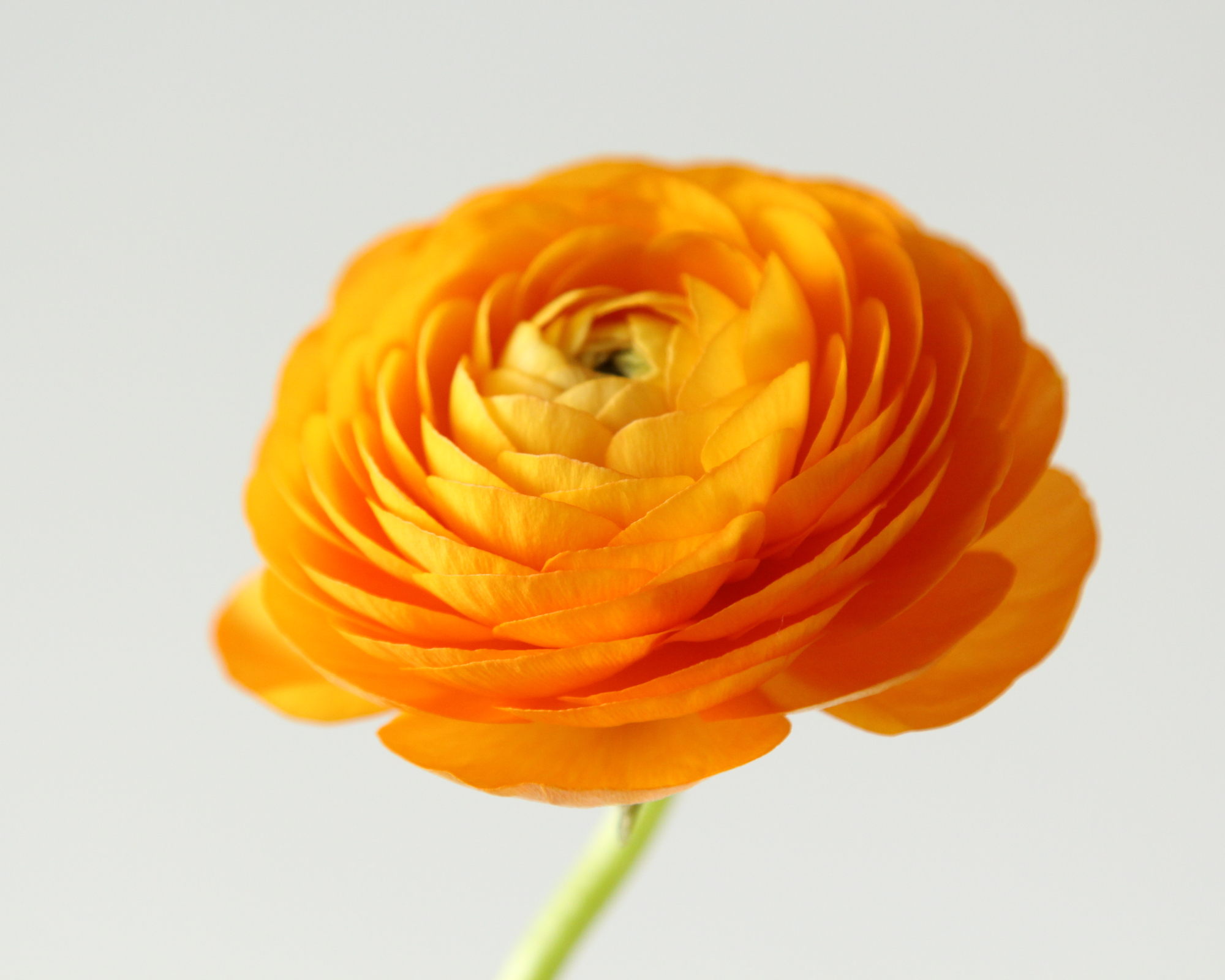
Ranunculus flower varieties with double-blooms have a lot in common with rose. A wealth of thin, ruffly petals in multiple hues of romantic red, white, yellow and pink will decorate your garden. The stems range from short to 2 feet (.6m) tall, and the small, rose-like blooms appear in spring like daffodils and tulips.
Sign up for the Gardening Know How newsletter today and receive a free copy of our e-book "How to Grow Delicious Tomatoes".
Easy-care and deer resistant, ranunculus are easy to plant since they grow from corms. If you live in one of the warmer zones, - USDA 8 or above – they’ll reappear faithfully year after year, but they also make stunning annuals in cooler regions. Find a sunny and gorgeous 'Tropical Sunset' mix of ranunculus corms from Walmart.
3. Lisianthus
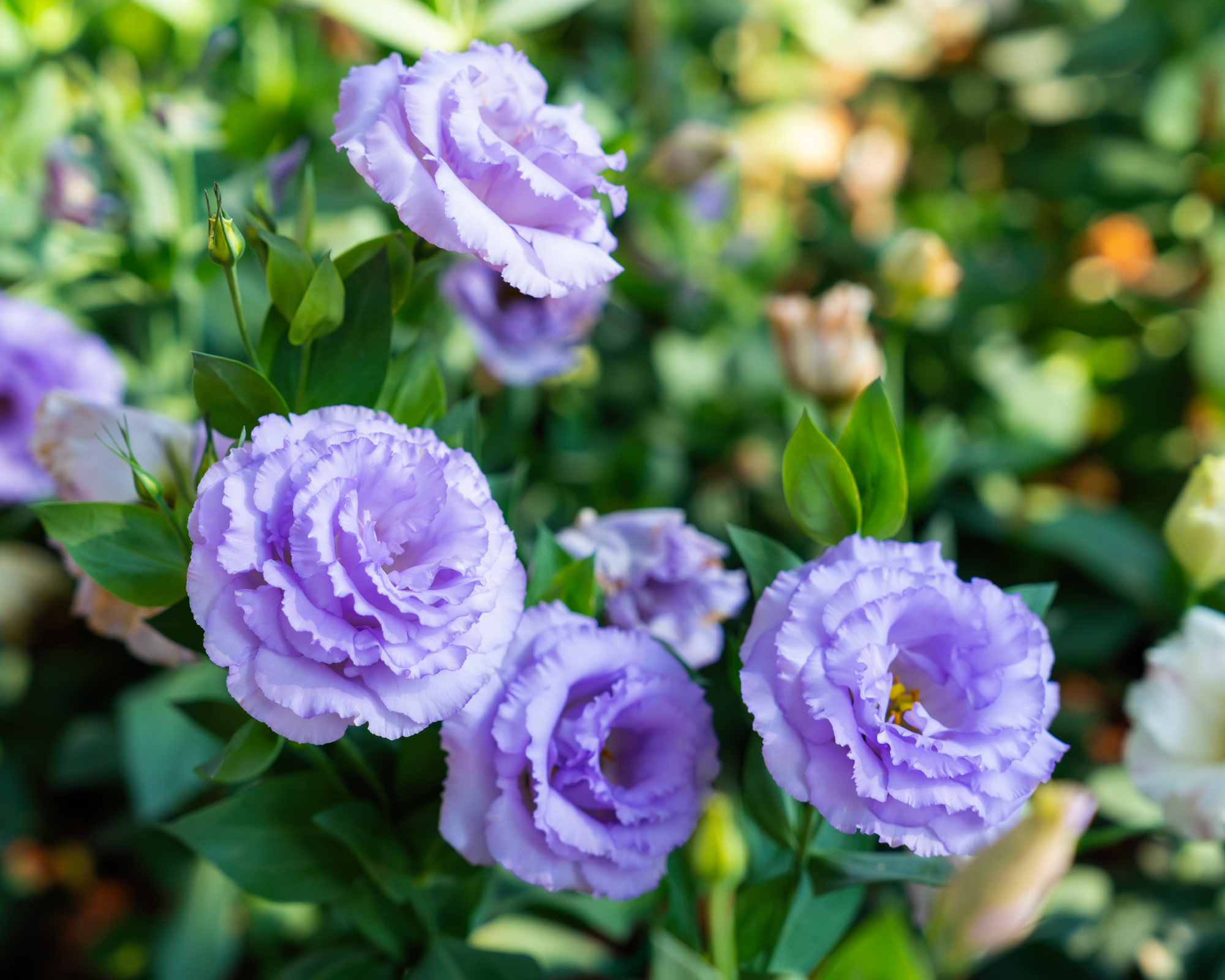
Lisianthus flowers (Eustoma russellianum) have stems that are long and upright, like roses, and the blooms are rose-like too, many-petaled, pillowy and bell-shaped. Pick a pink, red, or white variety to get a rose look-alike; the color contrasts nicely with the long, dark green leaves. Lisianthus is also known as prairie gentian and the cut flowers are often included in wedding bouquets.
These native flowers need full sun in the north but partial shade farther south. Plant in well-draining soil. They are sensitive to direct sun, as it can burn their delicate petals. If you are planting lisianthus, expect the plants to return year after year in warm zones, but they do well as annuals in cooler zones. Find a beautiful mixed pack of lisianthus seeds from Amazon.
4. Pink Evening Primrose
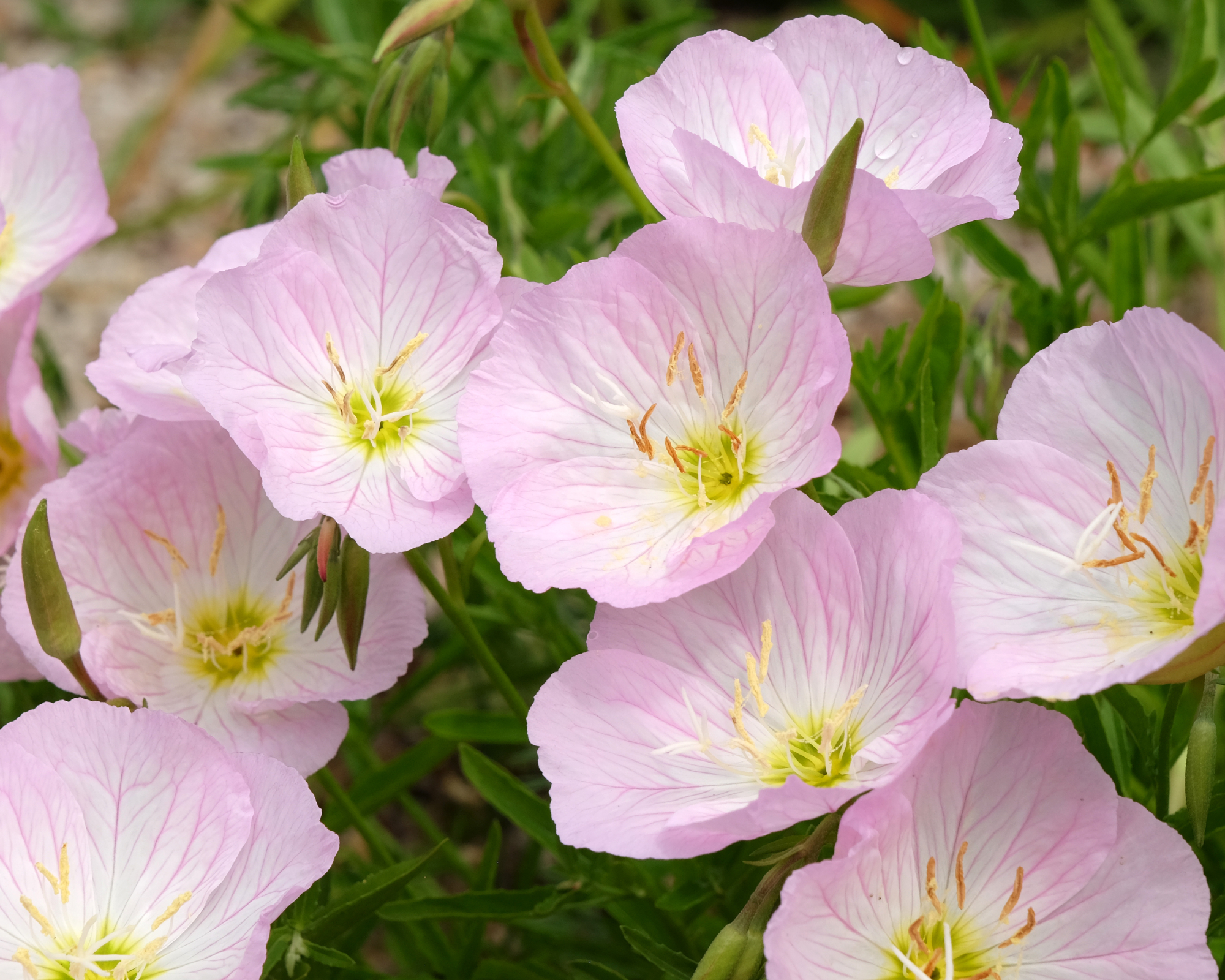
I was raised in central Alaska, where wildflowers were few and far between. The wild roses of my childhood had only a single layer of petals, four or five, around a yellow center. Maybe that’s why I love pink evening primrose (Oenothera speciosa), with four curving pink petals around a yellow core. Like my fragile Alaska roses, pink evening primrose are also native plants and extremely adaptable to local conditions including sandy or rocky soil. Two hours of direct sun a day is plenty.
The cool thing about this primrose is that the blossoms close in the sun, opening up only when the sky is cloudy or night is falling. Each rose-like bloom drops oodles of seeds, so don’t be surprised if the primrose population spreads each year. In warmer areas, they can bloom all year long if they get sufficient water. Purchase pink evening primrose seeds from Park Seed.
5. Peony
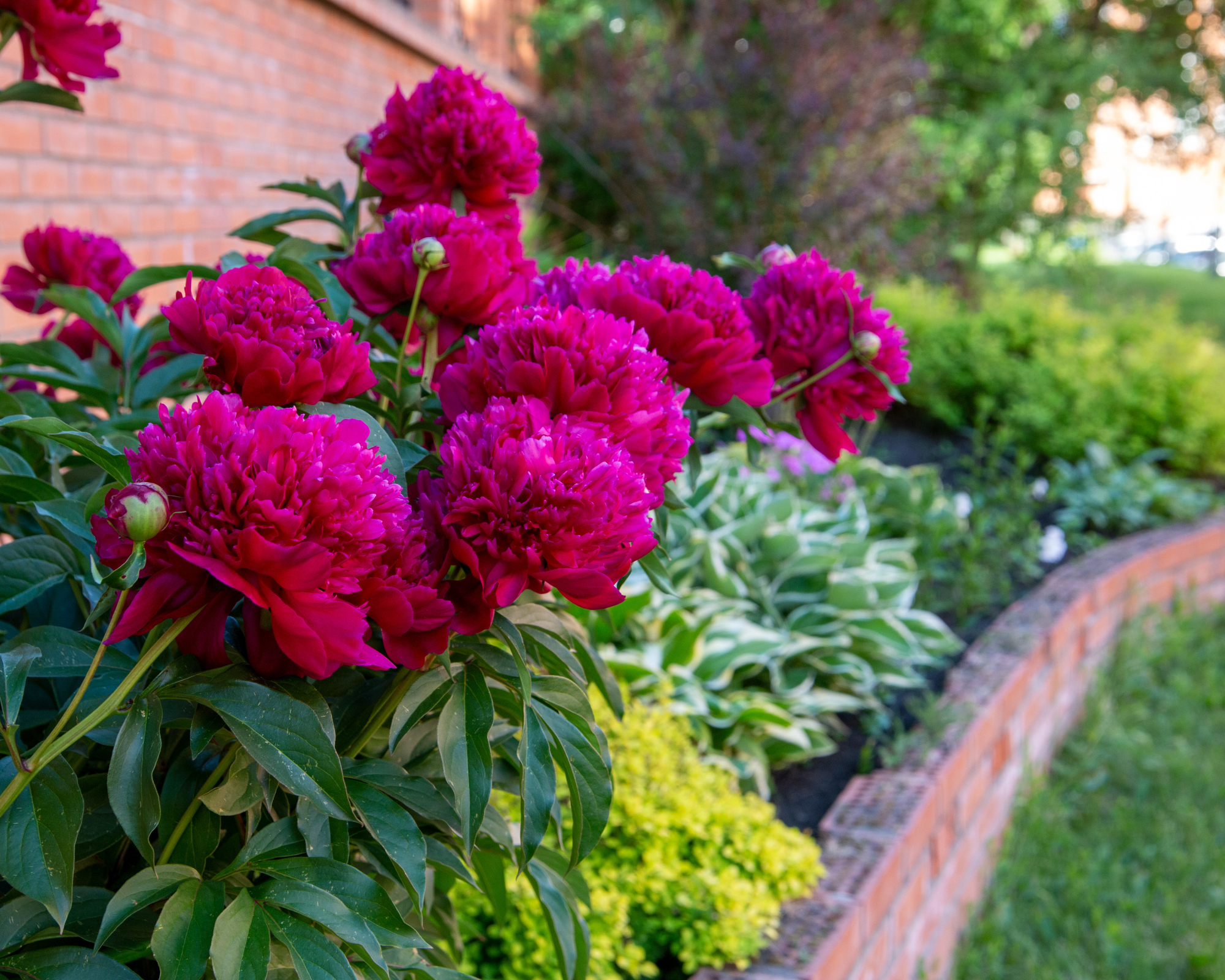
Low-maintenance peonies have big, plump blossoms, with layer upon layer of frilly petals creating a soft, fluffy-looking flower. Their beautiful blooms look a lot like garden roses. The stems can get to 3 or 4 feet (1m), and come in shades of rose, coral, pink, white and lilac.
But they are so much easier to grow! The shrubs producing these soft, romantic, feminine flowers are cold hardy plants (USDA hardiness zones 3-8) and need little pruning or mulching. They aren’t demanding in the garden, hold their own against pests, and can live a decade or longer. Site them in a sunny location with well-draining soil. Purchase vibrant pink Karl Rosenfield peony tubers from Lowe's.
You don't have to lose out on bold colors and lush petals if roses aren't in the cards for your yard. Planting one of these gorgeous alternatives to roses is sure to add charm to your landscape.
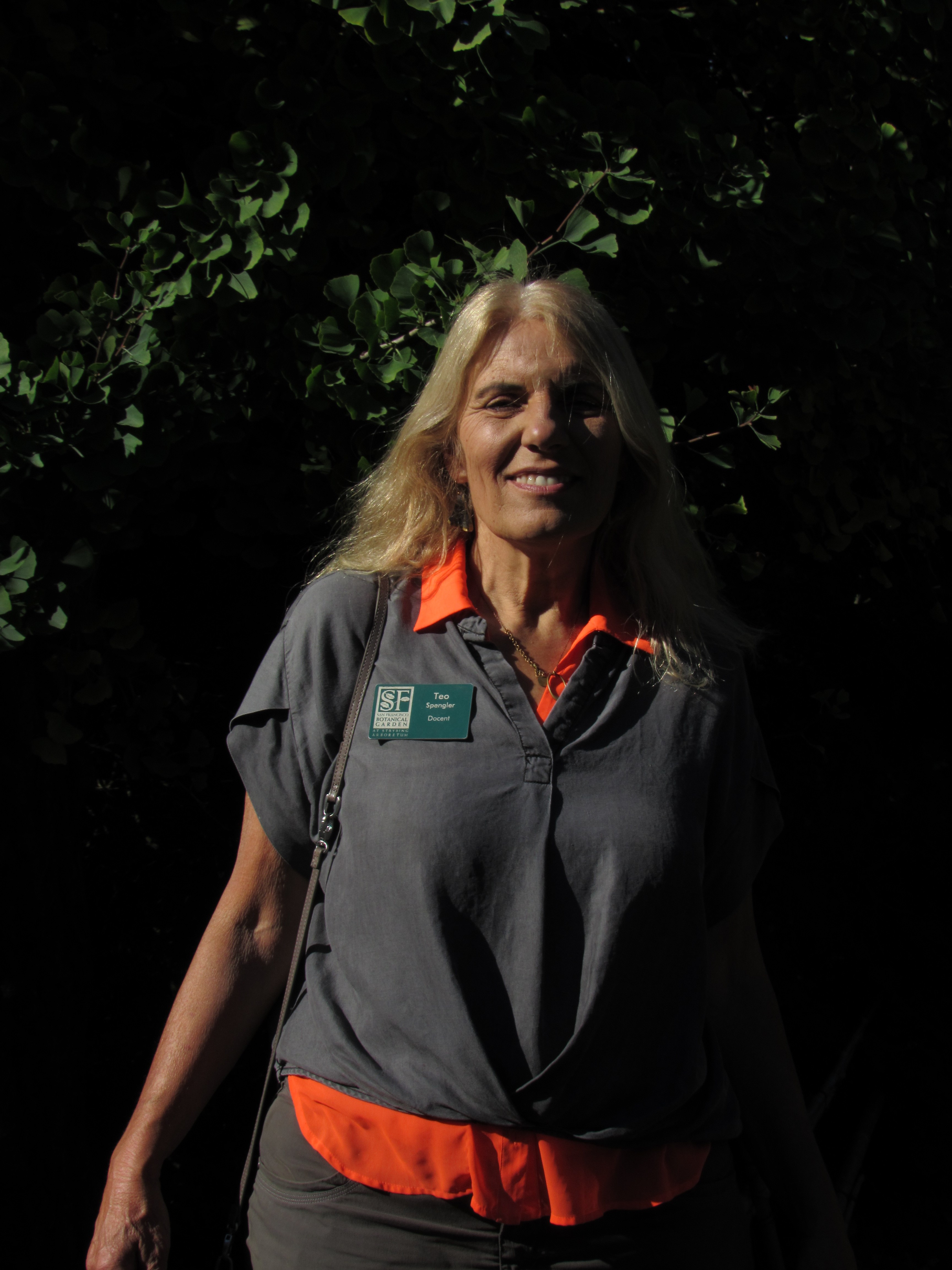
Teo Spengler is a master gardener and a docent at the San Francisco Botanical Garden, where she hosts public tours. She has studied horticulture and written about nature, trees, plants, and gardening for more than two decades, following a career as an attorney and legal writer. Her extended family includes some 30 houseplants and hundreds of outdoor plants, including 250 trees, which are her main passion. Spengler currently splits her life between San Francisco and the French Basque Country, though she was raised in Alaska, giving her experience of gardening in a range of climates.